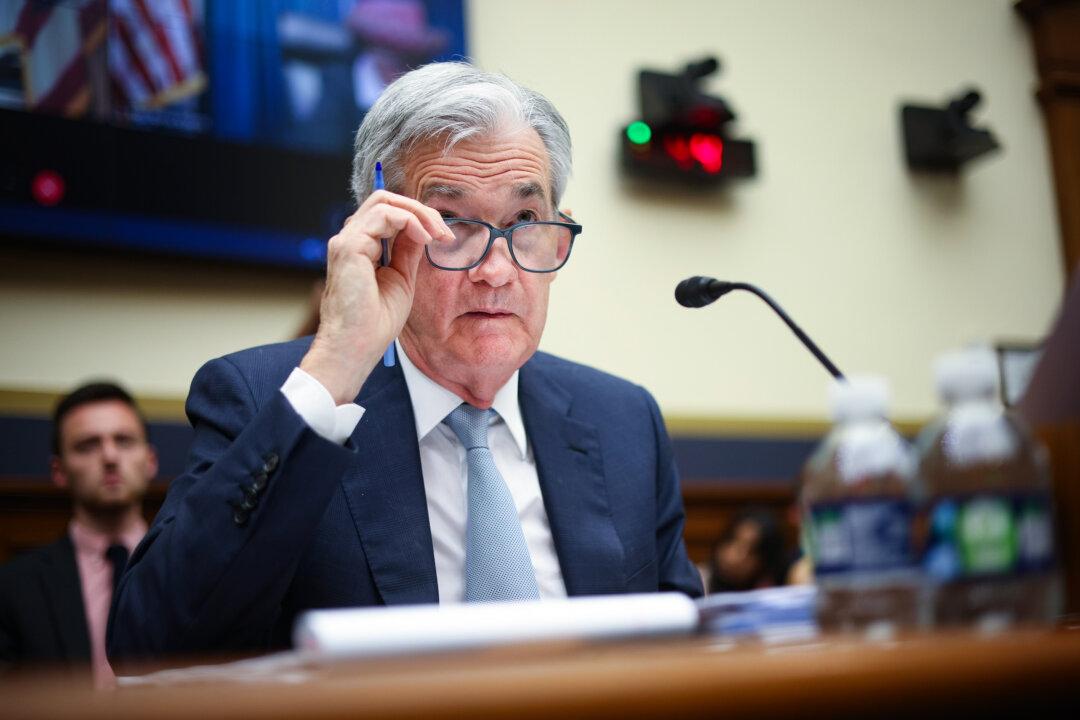The persistence of inflationary pressures during the administration of President Joe Biden leaves the Federal Reserve with little choice but to raise interest rates or keep them at their current level at its Wednesday rate meeting, if Fed policymakers do not want Americans’ severe economic woes to get even worse.
That’s the view of Ivan Pongracic, a professor in the economics department of Hillsdale College in Michigan, who said he has seen only limited progress toward the Fed’s announced goal of a 2 percent inflation target.





